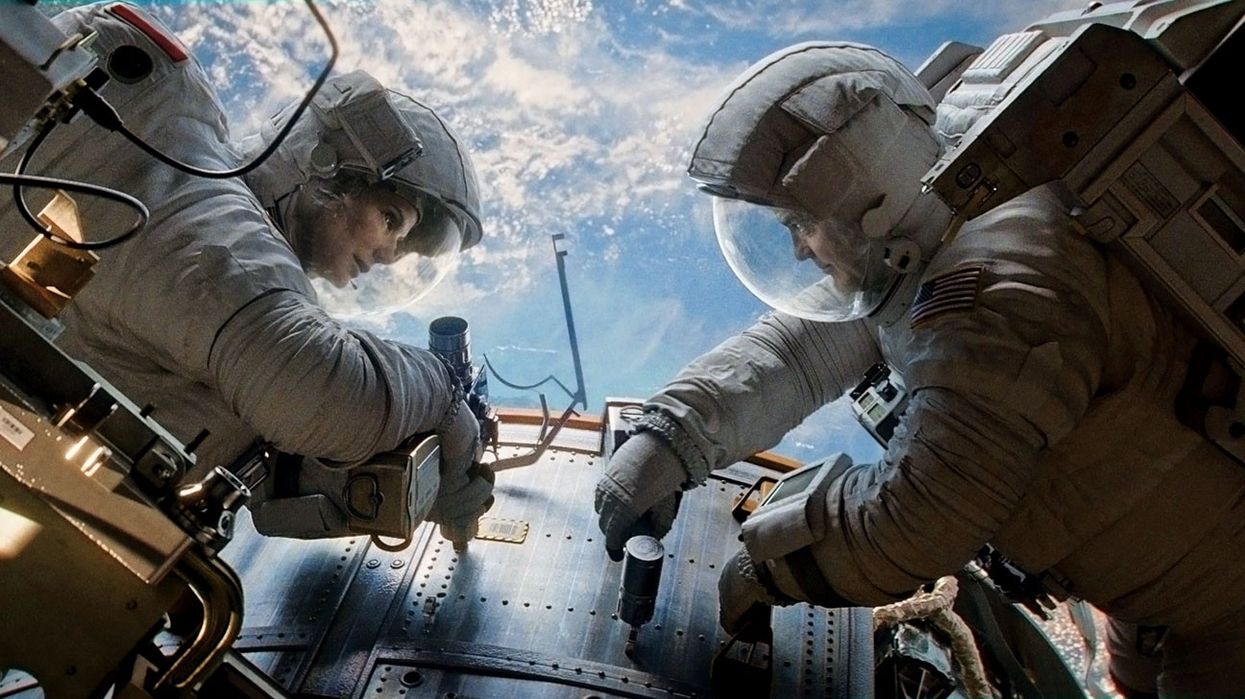A Closer Look at the Incredible Cinematic Style of Alfonso Cuarón

With the remarkable commercial and critical success of his latest film, Gravity, Alfonso Cuarón, the Mexican filmmaker who became widely known to international audiences with his 2001 film Y Tu Mamá También, seems poised to reach a new level of success. With his frequent collaborator, DP Emmanuel Lubezki, Cuarón has worked in almost every genre of film while still maintaining a unique cinematic sensibility. A remarkable new video shows Cuarón's magical use of cinematic technique, and it is definitely worthwhile viewing for all movie-lovers. Click below to learn more about Cuarón and check it out!
Alfonso Cuarón's indie film bona fides are well established. In a recent interview with The Hollywood Reporter, he was asked if it was true whether he dropped out of film school:
No, I was expelled. Chivo (Gravity cinematographer Emmanuel Lubezki) was expelled from the school as well -- It's a combination of things. I think Chivo and I -- had a different way of seeing films. But in retrospect, I'm sure we were very arrogant. It was mostly about us questioning the ways of doing films, and we didn't want to subscribe to certain ways that the school had at that time.
Cuarón and Lubezki would go on to collaborate on a number of Cuarón's most renowned films, including Y Tu Mamá También, Children of Men, and now, Gravity. Cuarón has also made several films without Lubezki, including Harry Potter and the Prisoner of Azkaban. In his films with Lubezki, though, the two have managed to bring a unique cinematic take to whatever subject, whether coming-of-age road movie, dystopian future, or realistic space fantasy. Cuarón is also notable for being heavily involved in the editing of most of his films.
Even when packed with dialogue (e.g., Children of Men) Cuarón's films have a simultaneous and mesmerizing visual style that is difficult to put into words. Cuarón has that most valuable asset for a director, namely, his ability to match subject and aesthetic (as well as good taste, and an ability to trust in his collaborators.)
Gravity makes use of extremely long takes, and the last Cuarón film to do the same was Children of Men, where the aim was to make a grim future look as realistic as possible (so it seemed as though the viewer was trapped inside a horrifying documentary.) The same technique is used in Gravity, though differently, in much the same way Kubrick used the long take in 2001: A Space Odyssey, that is, to bring verisimilitude to the fantastic.
The cut is so crucial to the grammar of cinema, so ingrained in every viewer, that its absence is a presence, pointing as it does to a temporal continuity, the illusion of action over time, i.e., a long take foregrounds a 'realism' in the viewer's mind, no matter the arduous complexities and artifices in putting that take together.
This video, made by Jorge Gonzalez Diaz, is a mesmerizing look at the visual style of Cuarón. Diaz says:
I wanted to pay tribute to Alfonso Cuarón’s cinematic inclinations: his understanding of cinema as a threshold, of cinema as 'pure cinema'—and his deep interest in associating cinema with the dreamlike.
As an indie filmmaker, what do you think there is to learn from the career of Alfonso Cuarón? How do you think working with a collaborator like Lubezki has shaped his career? Let us know in the comments!
[via Fandor]













